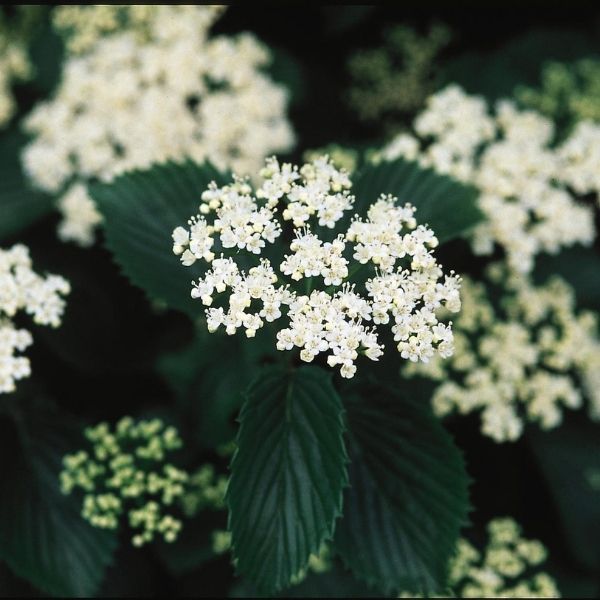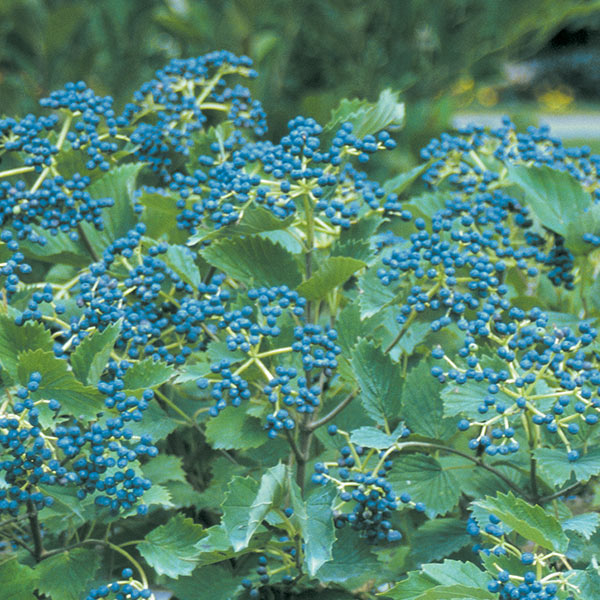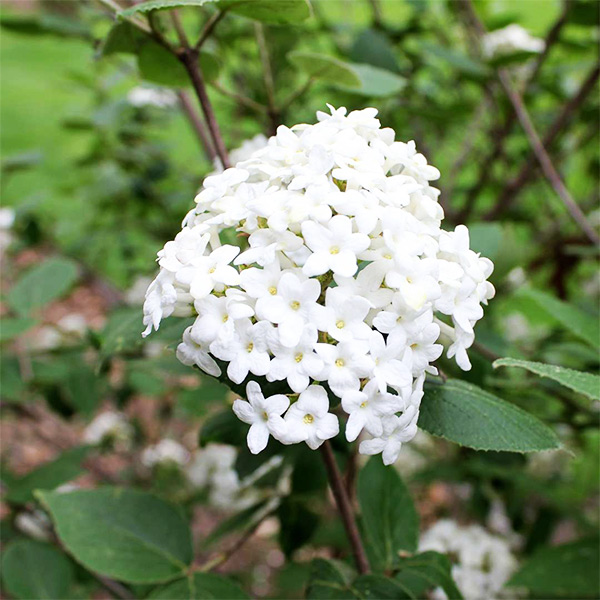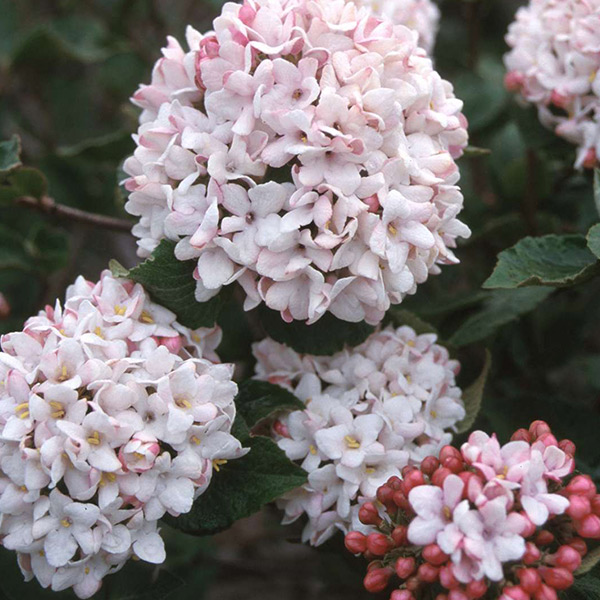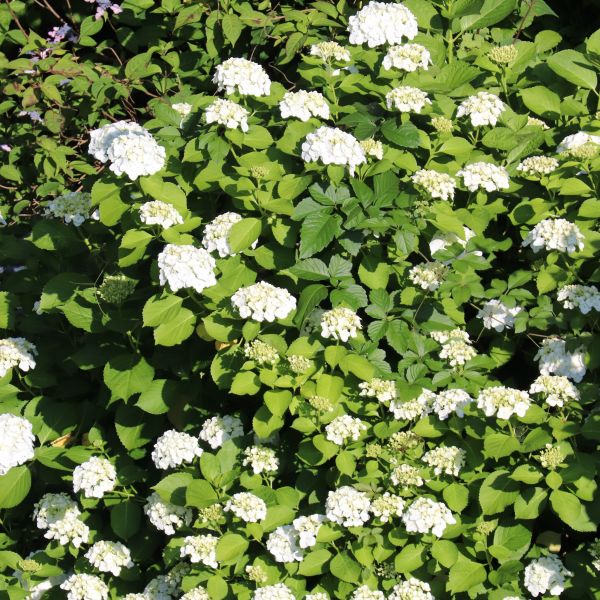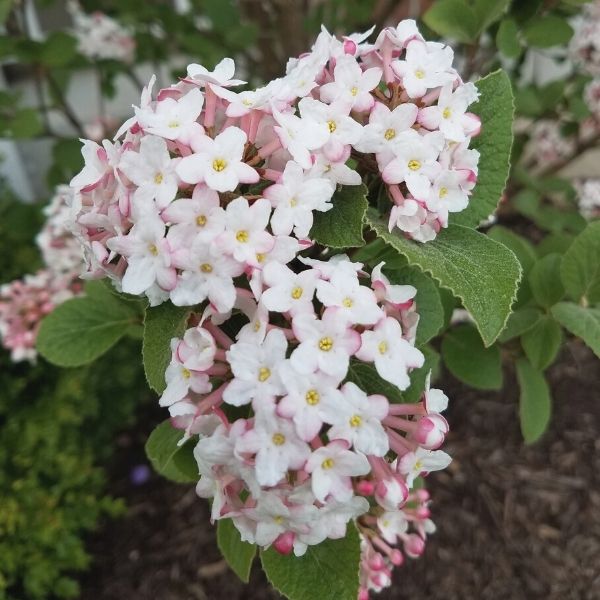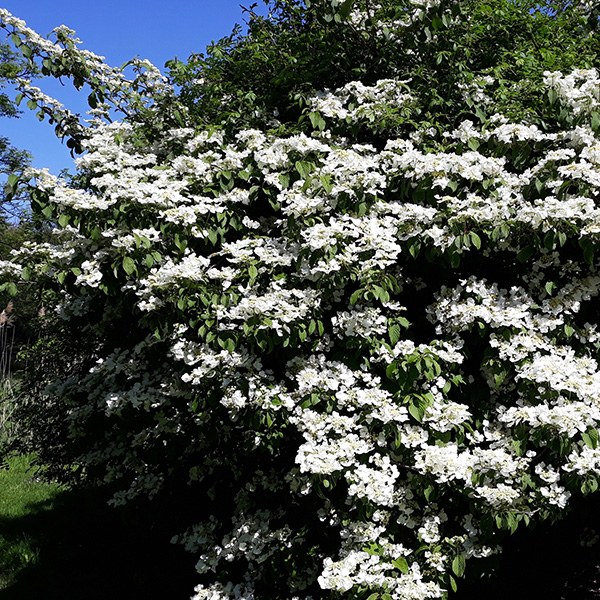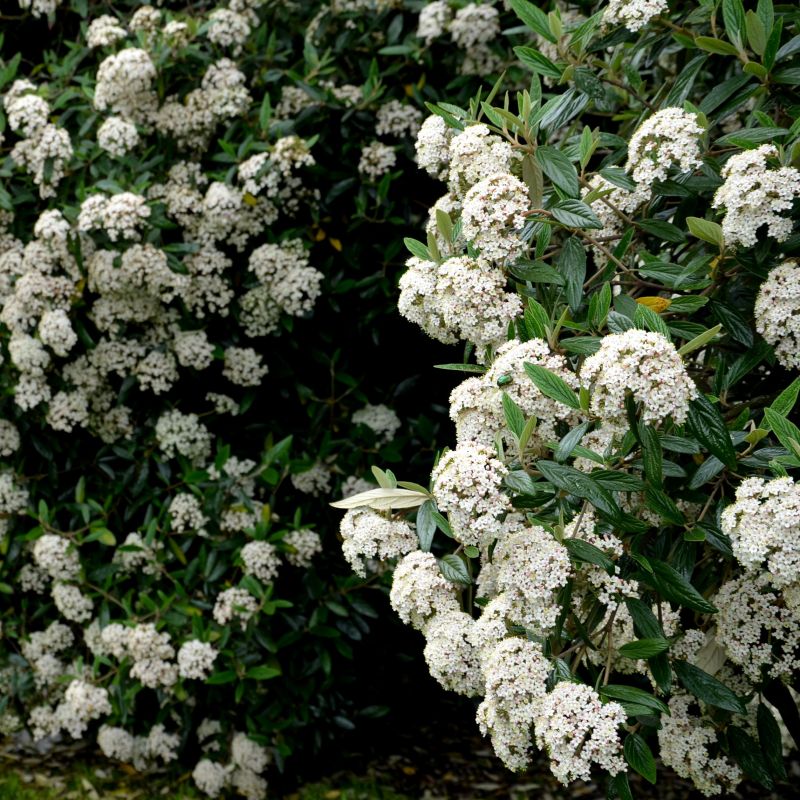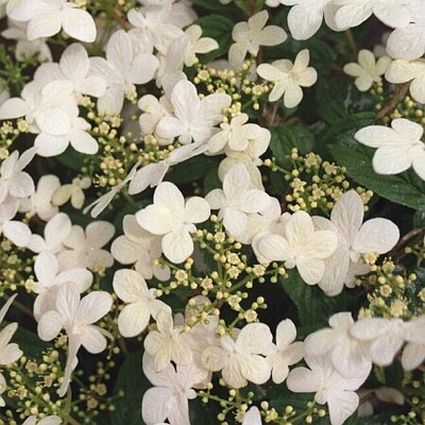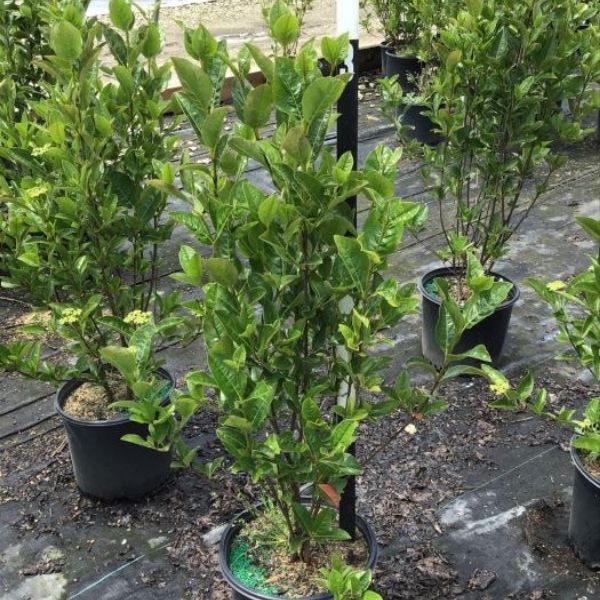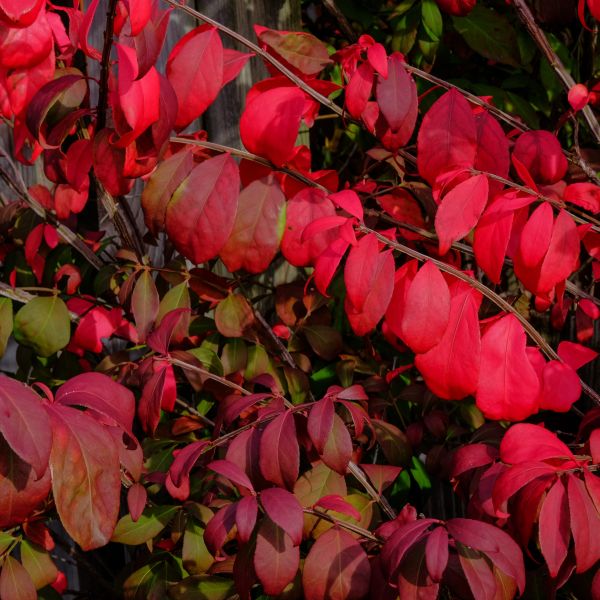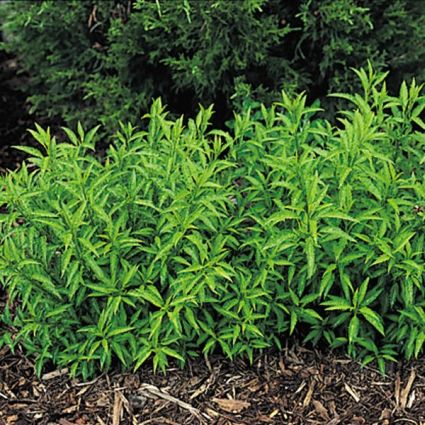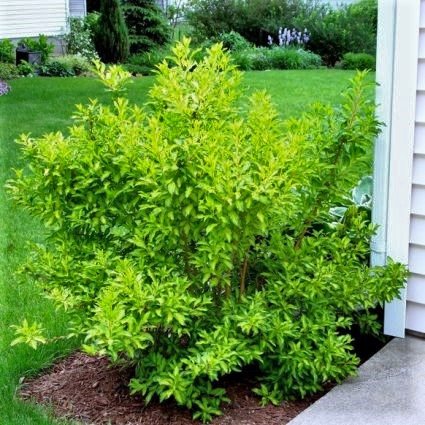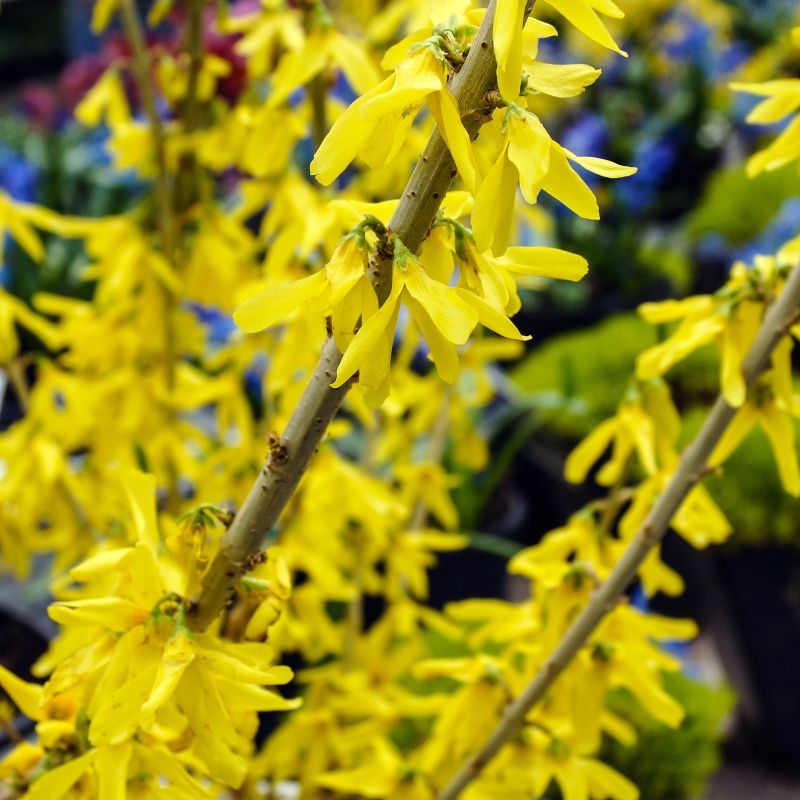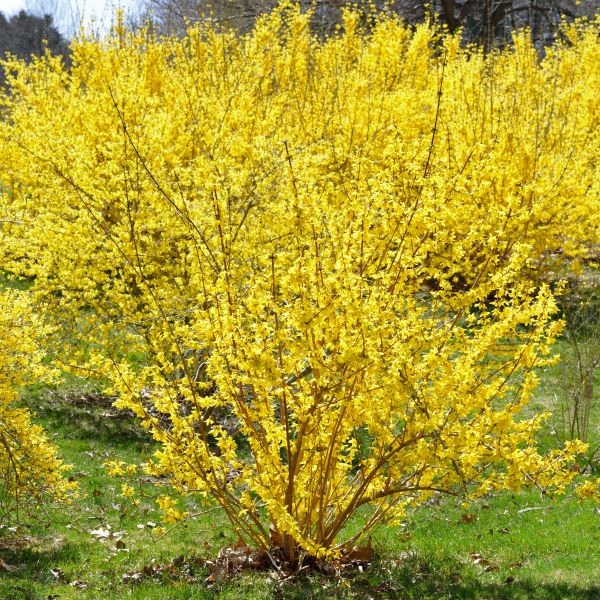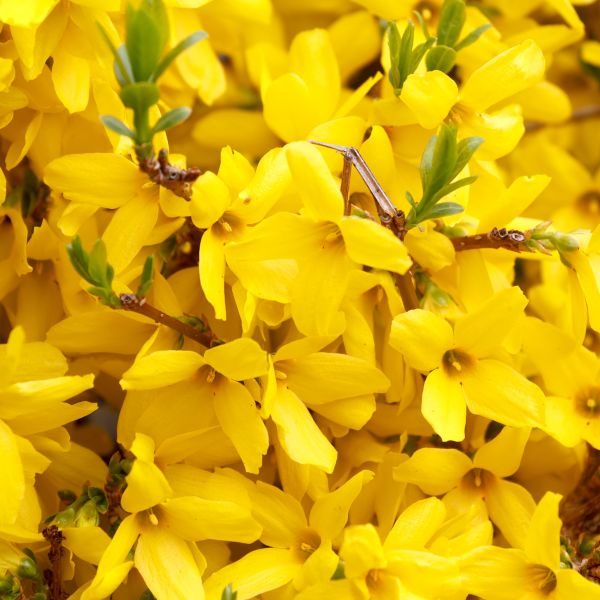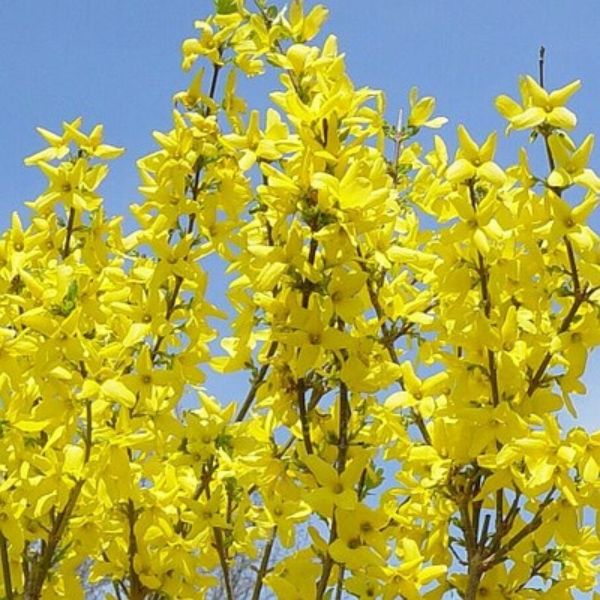
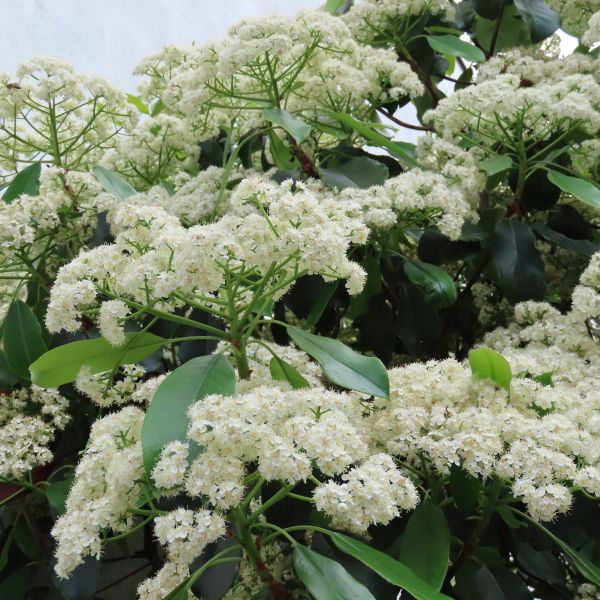
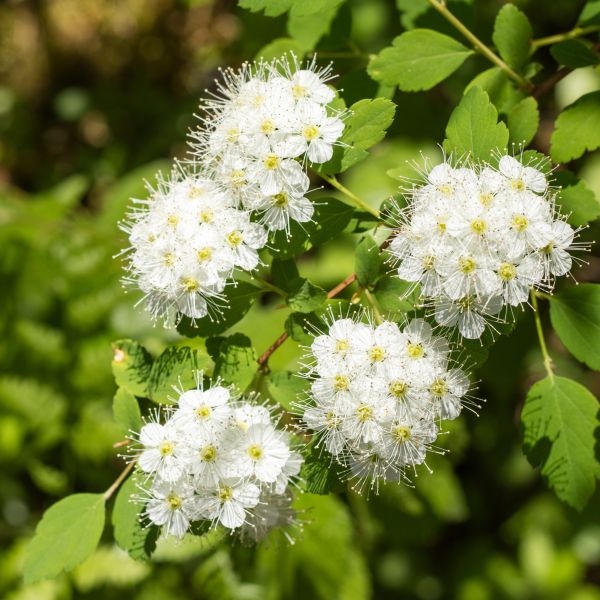
Nannyberry Viburnum
Viburnum lentago
17 reviews
Nannyberry Viburnum
Viburnum lentago
17 reviews
- Provides year-round interest with beautiful flowers in spring, berries in fall, and attractive foliage in summer and winter
- Tolerates a wide range of soil conditions and is adaptable to various light levels
- Attracts birds and wildlife to the garden with its abundant berries
- Recommended by landscape designers for optimal fit in real yards
$155.00
$222.00
30% Off
- Ships to 43215 in 3 to 7 days
- Free Shipping
- Plant Arrival Guarantee
- In Stock
- Free Plant Consult
$200 - Landscape-Approved: Every Plant We Sell Comes With Design Expertise Behind It
2.5 Gallon
Not just beautiful - intentionally selected by ShrubHub's 3D landscape design team to fit real-world spaces and maximize yard potential.
Why Nannyberry Viburnum?
Nannyberry Viburnum (Viburnum lentago) is a shrub or small tree native to eastern North America. Its fruits are popular among birds and mammals, and they are also edible for humans. Nannyberry is known for its beautiful clusters of creamy white flowers in the spring, followed by dark purple fruit in the fall. It is easy to grow and low maintenance, making it a great addition to any garden.
People who loved this plant also bought
Sunlight
Nannyberry Viburnum requires full sun to partial shade, with at least 4-6 hours of direct sunlight per day.
Watering
Nannyberry Viburnum prefers moist and well-drained soil. It requires regular watering, especially during dry periods.
Fertilizing
Nannyberry Viburnum typically requires a balanced fertilizer, such as a 10-10-10 or 14-14-14 blend, to support its growth and development.
Unveil the beauty of Nannyberry Viburnum, a versatile shrub that will steal your heart. Prepare to be captivated by its elegant foliage and enchanting berries as it graces your garden with its natural charm.
The Nannyberry Viburnum is a true treasure that's ready to shine in your garden. Standing tall and graceful, this captivating shrub brings a burst of beauty, adding a touch of sophistication and allure to any landscape.
Nannyberry Viburnum adorns itself with clusters of dark blue-black fruits that resemble precious jewels. It's a delightful display that leaves you in awe as if nature herself bestowed this botanical treasure.
Caring for Nannyberry Viburnum is light work, as it's a low-maintenance beauty that thrives with ease. This enchanting shrub requires minimal care to showcase its lush foliage and alluring berries. With just a touch of attention, it rewards you with its captivating allure, transforming your garden into a haven of natural splendor.
Its appearance is like a symphony of colors and textures, with its glossy leaves creating a verdant backdrop for its mesmerizing berries. Nannyberry Viburnum knows how to make a statement, gracing the landscape with an air of elegance and grace.
What’s more the Nannyberry Viburnum is a year-round stunner. Even after the fruiting season, its lush foliage remains a sight to behold, providing a luxurious backdrop that adds depth and texture to your garden throughout the seasons.
Add the allure of Nannyberry Viburnum to your garden. Let it become the star of your outdoor sanctuary today.
Plant Information:
| Botanical Name: | Viburnum lentago |
| USDA Zones: | 2 - 8 |
| Water: | Moderate |
| Exposure: | Full Sun |
| Soil Needs: | Well Drained |
| Mature Height: | 18 - 20 feet |
| Mature Spread: | 6 - 10 feet |








Pollination Info
Pollination Info for Nannyberry Viburnum (Viburnum lentago)
Nannyberry Viburnum (Viburnum lentago) is a deciduous shrub or small tree native to North America. It is known for its clusters of white flowers in the spring and its edible berries that attract many birds and mammals. To produce fruit, Nannyberry Viburnum relies on pollination.
Pollinators
Nannyberry Viburnum is pollinated by a variety of insects, including bees, butterflies, and moths. These insects are attracted to the nectar produced by the flowers and in the process, pick up and transfer pollen between flowers.
Pollination Process
When a pollinator lands on a flower, it brushes against the flower's reproductive structures, including the stigma and anthers. Pollen from the anthers sticks to the pollinator's body and is transferred to the stigma of another flower as the pollinator moves from flower to flower.
Cross-Pollination
Cross-pollination, where pollen is transferred between flowers of different plants, is important for Nannyberry Viburnum as it increases genetic diversity and improves the chances of successful seed production. The presence of other Viburnum species in the surrounding area can help facilitate cross-pollination.
Fruit Production
After successful pollination, the flowers of Nannyberry Viburnum are replaced by small green berries, which eventually ripen to a dark blue or black color. These berries are an important food source for wildlife, including birds, rodents, and deer.
FAQ
FAQ for Nannyberry Viburnum (Viburnum lentago)
What is Nannyberry Viburnum?
Nannyberry Viburnum (Viburnum lentago) is a deciduous shrub native to North America. It can grow up to 20 feet tall and 15 feet wide, with an oval shape and green leaves that turn reddish-purple in the fall. It produces clusters of white flowers in spring that are followed by blue-black berries in late summer.
Where should I plant Nannyberry Viburnum?
Nannyberry Viburnum prefers full sun to partial shade and well-drained soil. It can tolerate a wide range of soil types, including clay and sandy soils. It is also tolerant of drought and air pollution, making it a good choice for urban landscapes.
How do I care for my Nannyberry Viburnum?
It is generally low-maintenance and requires little pruning, but it can be shaped as desired in late winter or early spring. It is important to water newly planted shrubs regularly until they become established. Fertilizer is not necessary, but a layer of mulch around the base of the shrub can help retain moisture and suppress weeds.
How often should I water my Nannyberry Viburnum?
Newly planted shrubs should be watered regularly until established. After that, Nannyberry Viburnum is relatively drought-tolerant and should only need to be watered during prolonged dry spells.
When does Nannyberry Viburnum flower?
Nannyberry Viburnum produces clusters of white flowers in spring, usually in May or June.
When are the berries ready to harvest?
The blue-black berries of Nannyberry Viburnum are ready to harvest in late summer, usually in August or September. They are edible but have a bitter taste and are generally used to make jams, jellies, and baked goods.
Is Nannyberry Viburnum deer-resistant?
Nannyberry Viburnum is generally considered deer-resistant, but in times of high deer populations, they may still browse on the foliage.
What pests and diseases affect Nannyberry Viburnum?
Nannyberry Viburnum is relatively pest and disease-resistant, but it can be susceptible to scale insects, leaf spot, and powdery mildew. These issues can be treated with insecticides or fungicides if necessary.
Planting & Care
Planting & Care for Nannyberry Viburnum (Viburnum lentago)
Planting
- Choose a planting location that receives full sun to partial shade.
- Ensure the soil is well-draining and amended with compost or other organic matter.
- Dig a hole that is three times the width of the root ball and slightly shallower than the depth.
- Carefully remove the plant from its container and loosen any tangled roots before placing it in the hole.
- Fill the hole with soil and gently firm it around the base of the plant.
- Water thoroughly after planting.
Care
- Water regularly during the first growing season to establish a strong root system.
- Apply a balanced fertilizer in the early spring, before new growth begins.
- Prune in late winter or early spring to remove dead, damaged, or crossing branches.
- Thin out older branches to allow for new growth.
- Deadhead spent flowers to encourage a second bloom.
- Protect from deer, as they may browse on the foliage and new growth.
With proper care, your Nannyberry Viburnum will provide beautiful foliage, flowers, and fruit for many years to come.
Check Out These Verified Customer Reviews:
Customer Reviews
4.7 out of 5 based on 17 reviews
Thank you! Your review has been submitted.
Item arrived as described
The Nannyberry Viburnum is a beautiful addition to my garden. It's thriving and looks so healthy!
The Nannyberry Viburnum arrived in perfect condition. It looks even more beautiful in person!
Item has been added to your cart.



